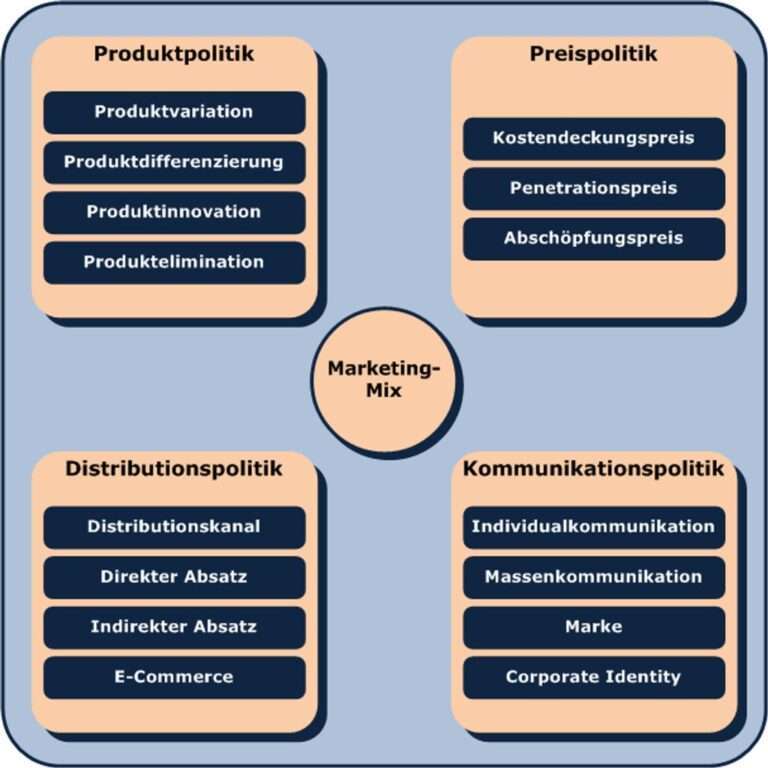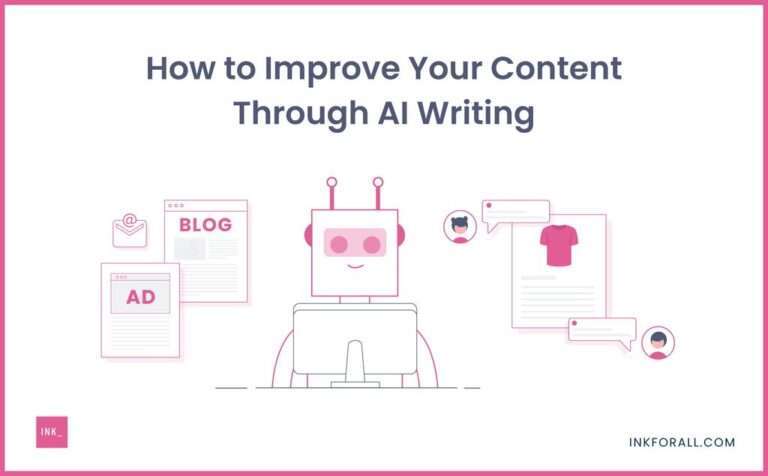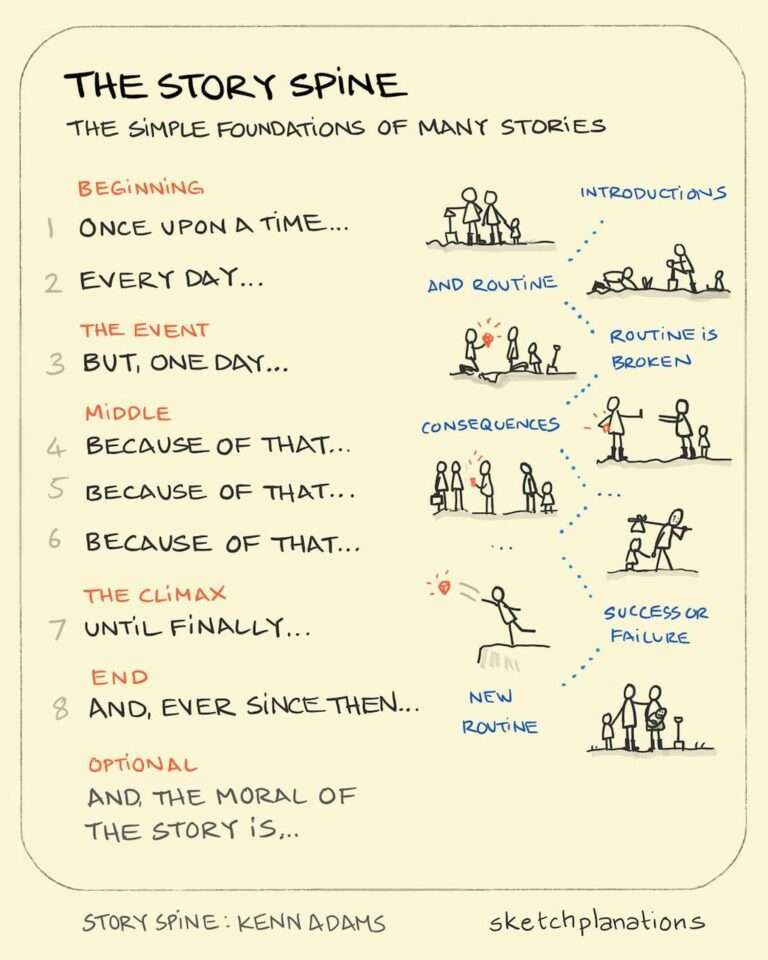PAS (Problem, Agitate, Solution): A framework focusing on identifying a problem, agitating it by highlighting the pain points, and then presenting a solution.
Overview
What is the PAS framework?
The PAS (Problem, Agitate, Solution) framework is a strategic approach that focuses on identifying a problem, agitating it by highlighting the pain points, and then presenting a solution. This framework is widely used in marketing and persuasive communication to effectively address issues and provide solutions. By following the PAS framework, businesses and individuals can create compelling narratives that resonate with their audience and drive action. The key insight of the PAS framework is that by understanding and addressing the pain points of the problem, the solution becomes more relevant and impactful. It helps to create a sense of urgency and motivates the audience to take action. The PAS framework is an essential tool for anyone looking to communicate their ideas, products, or services in a persuasive and compelling way. By implementing the PAS framework, you can effectively engage your audience, overcome objections, and drive concrete new collaborations.
Why is the PAS framework important?
The PAS framework is of utmost importance in effective communication and persuasion. By following the Problem, Agitate, Solution approach, you are able to deeply understand the pain points and challenges faced by your audience. This enables you to craft a compelling message that resonates with them on a personal level. Additionally, the PAS framework helps create a sense of urgency and importance around the problem, making your solution more appealing and necessary. By utilizing this framework, you can captivate your audience’s attention, address their concerns, and ultimately drive them towards taking action.
How does the PAS framework work?
The PAS framework is a strategic approach that focuses on identifying a problem, agitating it by highlighting the pain points, and then presenting a solution. It starts with problem identification, where the importance of this step is emphasized. Common challenges in identifying problems are discussed, along with tools and techniques for effective problem identification. Once the problem is identified, the next step is to agitate it. This involves techniques for highlighting pain points and creating a sense of urgency. Finally, the solution is presented, playing a crucial role in the PAS framework. Effective ways to present the solution are explored, along with addressing objections and concerns. The PAS framework provides a comprehensive and practical approach to problem-solving, ensuring that the problem is thoroughly understood, the pain points are effectively communicated, and the solution is presented in a compelling manner. To learn more about how the PAS framework can benefit your business, visit Unifire at www.unifire.ai.
Problem Identification
Understanding the importance of problem identification
In order to effectively apply the PAS framework, it is crucial to have a deep understanding of the importance of problem identification. This step sets the foundation for the entire framework, as it allows you to uncover the pain points and challenges that your audience is facing. By thoroughly analyzing the problem, you can gain valuable insights into the needs and desires of your target audience. This knowledge not only helps you create a more compelling agitating and solution, but it also enables you to position your product or service as the perfect solution to their problems. Without a clear understanding of the problem, it is difficult to create a persuasive and impactful message that resonates with your audience. Therefore, investing time and effort into problem identification is essential for the success of the PAS framework.
Common challenges in identifying problems
Identifying the right problem is crucial for the success of any solution. However, there are common challenges that can hinder this process. One challenge is the lack of clarity in defining the problem statement. Without a clear understanding of the problem, it becomes difficult to find an effective solution. Another challenge is the presence of multiple problems that are interconnected or overlapping. It can be challenging to identify the root cause and prioritize which problem to address first. Additionally, biases and assumptions can cloud the problem identification process. It is important to approach problem identification with an open mind and gather diverse perspectives. To overcome these challenges, there are several tools and techniques that can be used. These include brainstorming sessions, root cause analysis, SWOT analysis, and customer feedback analysis. By using these tools, teams can gain a deeper understanding of the problem and develop targeted solutions that address the underlying issues. Unifire can help you streamline the problem identification process by leveraging AI-powered tools and expertise. Contact us through partner@unifire.ai to learn more and scale your content creation the smart way.
Tools and techniques for effective problem identification
In order to effectively identify problems, it is important to utilize a variety of tools and techniques. One commonly used tool is root cause analysis, which involves identifying the underlying causes of a problem rather than just addressing the symptoms. This can be done through techniques such as fishbone diagrams or 5 Whys analysis. Another useful technique is SWOT analysis, which helps to identify the strengths, weaknesses, opportunities, and threats associated with a problem. Additionally, customer feedback and market research can provide valuable insights into the problems faced by customers and the industry as a whole. By utilizing these tools and techniques, you can gain a comprehensive understanding of the problems at hand and develop effective solutions.
To further enhance your problem identification skills, consider using Unifire, a powerful platform that provides advanced analytics and data visualization tools. With Unifire, you can easily analyze large datasets, identify patterns, and gain valuable insights to drive your problem identification process. Take your problem-solving skills to the next level with Unifire!
CTA: Visit Unifire’s website to learn more and start your free trial today!
How to Identify Problems effectively:
- Start by conducting thorough research and gathering relevant data.
- Utilize tools such as root cause analysis, SWOT analysis, customer feedback, and market research.
- Engage with stakeholders and gather different perspectives.
- Prioritize depth over high-level explanations and consider the impact of the problem on various aspects.
- Use data visualization tools to analyze and present the problem in a clear and concise manner.
- Continuously reassess and refine your problem identification process to ensure accuracy and effectiveness.
By following these steps and utilizing the right tools, you can effectively identify problems and pave the way for successful solutions.
Agitating the Problem
Why is it important to agitate the problem?
Agitating the problem is a crucial step in the PAS framework as it helps create a sense of urgency and highlights the pain points that need to be addressed. By agitating the problem, you are able to evoke emotions and make your audience realize the severity of the issue at hand. This not only captures their attention but also motivates them to seek a solution. Through agitating the problem, you can effectively convey the need for change and the benefits of your proposed solution. Techniques such as storytelling, presenting statistics, and using vivid language can be employed to agitate the problem and make it more relatable to your audience. By doing so, you can effectively engage your audience and compel them to take action. If you want to learn more about how to effectively agitate the problem and implement the PAS framework in your content creation strategy, visit Unifire for practical tips and resources.
Techniques for highlighting pain points
In the PAS framework, highlighting the pain points is a critical step in agitating the problem and creating a sense of urgency. By clearly identifying the challenges and frustrations that individuals or organizations face, you can effectively demonstrate the need for a solution. Problem-Agitate-Solve framework provides a comprehensive approach to addressing problems by first understanding the problem, then agitating it by emphasizing the pain points, and finally presenting a solution. By using techniques such as storytelling, data analysis, and customer testimonials, you can effectively highlight the pain points and make a compelling case for why the problem needs to be solved. This step is crucial in capturing the attention and interest of your audience, motivating them to seek a solution. By leveraging the power of the PAS framework, you can effectively address the pain points and present a solution that meets the needs of your audience.
Creating a sense of urgency
Creating a sense of urgency is a crucial step in the PAS framework. By highlighting the pain points and emphasizing the negative consequences of not taking action, you can effectively agitate the problem and motivate your audience to seek a solution. This sense of urgency pushes individuals to prioritize finding a resolution and take immediate action. It is important to clearly communicate the urgency and emphasize the time-sensitive nature of the problem. By doing so, you can compel your audience to act swiftly and increase the chances of successfully presenting and implementing your solution.
Presenting the Solution
The role of the solution in the PAS framework
The solution is the key component of the PAS framework as it provides the means to address the identified problem and alleviate the pain points. It should be comprehensive and effective in solving the problem at hand. When presenting the solution, it is important to highlight its unique features and benefits that differentiate it from other alternatives. Additionally, data and evidence should be used to support the effectiveness of the solution. Addressing objections and concerns is also crucial in gaining the trust and buy-in of the audience. By presenting a well-thought-out and compelling solution, you can create a sense of confidence and urgency in your audience to take action. To learn more about implementing the PAS framework and other effective strategies, visit Unifire for practical tips and resources.
Effective ways to present the solution
When presenting the solution in the PAS framework, it is important to be comprehensive and provide a deep understanding of how the solution addresses the identified problem. Start by clearly outlining the key insights of the article, highlighting the pain points and challenges faced in problem identification. Then, explain how the solution effectively solves these problems and addresses objections and concerns. Use tables and lists to organize and present information in a clear and concise manner. Additionally, create a sense of urgency by emphasizing the immediate benefits and impact of implementing the solution. Finally, include a call-to-action (CTA) to Unifire, a platform that can help you implement the PAS framework and optimize your problem-solving process. With Unifire, you can leverage AI and other tools to streamline your operations and maximize the value you extract from every hour. Take control of your problem-solving process and make a lasting impact with the PAS framework and Unifire.
Addressing objections and concerns
Throughout the PAS framework, it is important to anticipate and address any objections or concerns that may arise. By proactively addressing these potential roadblocks, you can build trust and credibility with your audience. One effective strategy is to create a FAQ section where you address common objections and provide compelling responses. Additionally, consider incorporating testimonials or case studies that highlight how your solution has successfully addressed similar concerns in the past. By addressing objections and concerns head-on, you can strengthen your argument and increase the likelihood of your audience accepting and embracing your proposed solution.
Contact us through partner@unifire.ai to learn more. Scale Content the Smart way. Create Use Cases ResourcesContent Types Repurposing Content Marketing Terms AI Tools For Growth B2B Marketing How to Guides Creator Toolbox LinksTerms of service Privacy policy © 2023 Unifire.ai Linkedin document.documentElement.style.setProperty(‘–scrollbar-offset’, window.innerWidth – document.documentElement.clientWidth + ‘px’ ); Home BlogToggle child menuExpand Marketing Terms Content Types AI for X AI Tools for Growth Contact us About us var kadenceConfig =
Welcome to Unifire, the ultimate solution for extracting summaries, keywords, and titles from your podcast and repurposing your content. With Unifire, you can save time and effort by automating the process of creating engaging content. Whether you’re a podcaster, content creator, or marketer, Unifire has got you covered. Start optimizing your content today and unlock the full potential of your podcast. Visit Unifire now!







